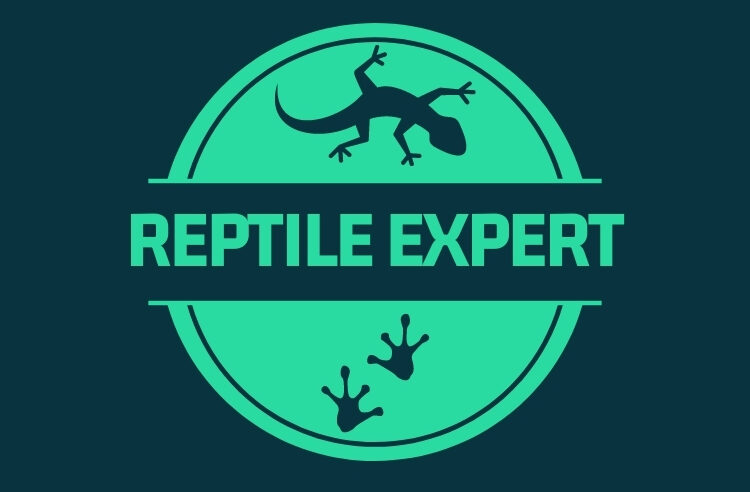Can Bearded Dragons Eat Beetroot?
Bearded dragons are omnivores which means that their natural diet includes both “meat” (in their case, mostly insects) and plant material. Therefore, at least half the diet of a captive/pet Beaded Dragon should consist of insects such as crickets, grasshoppers and cockroaches, as well as mealworms and mealworm beetles as …
